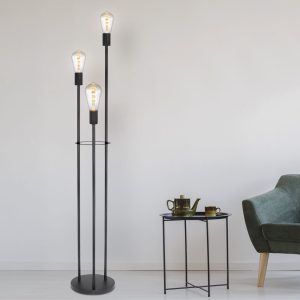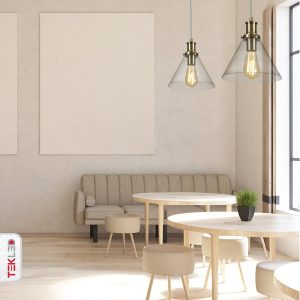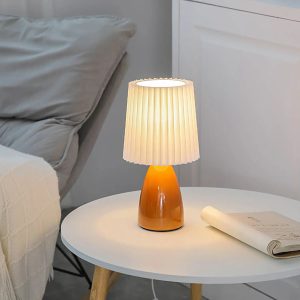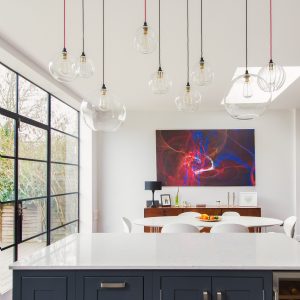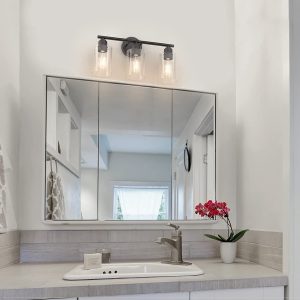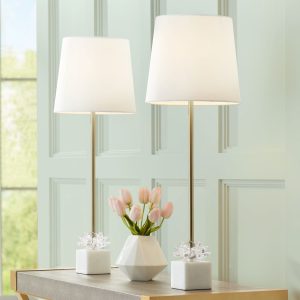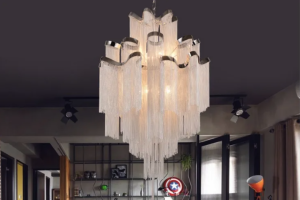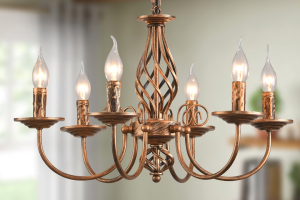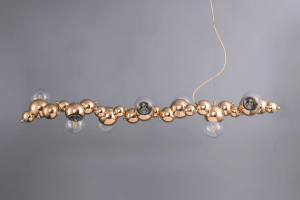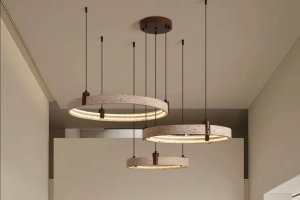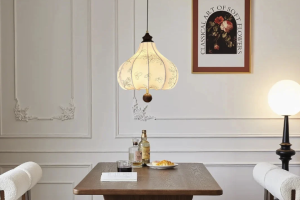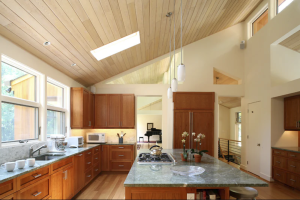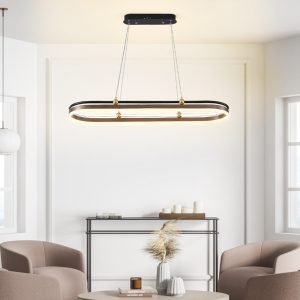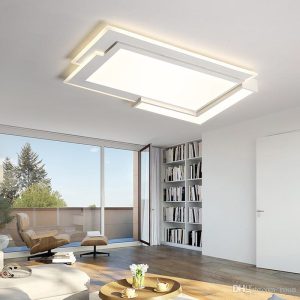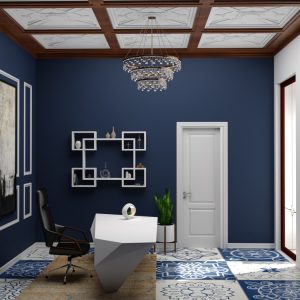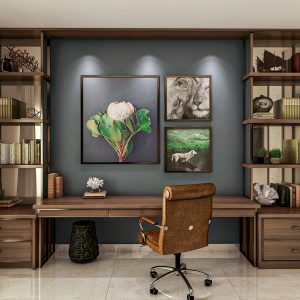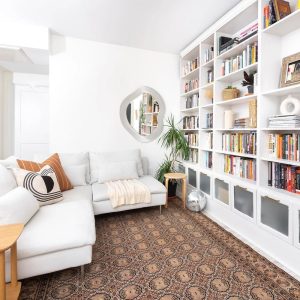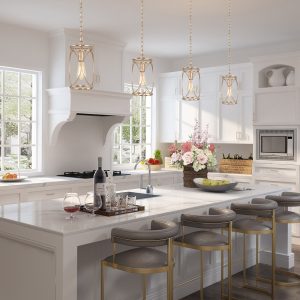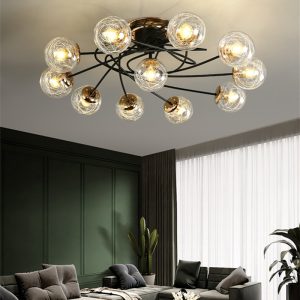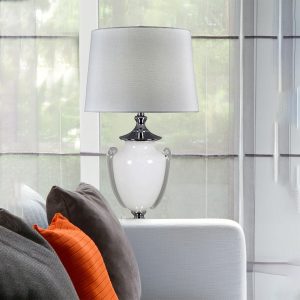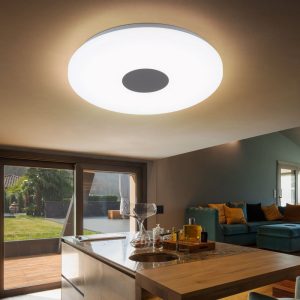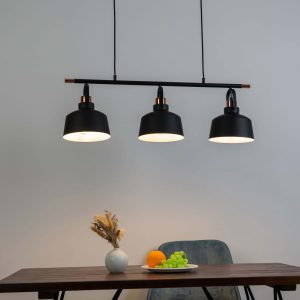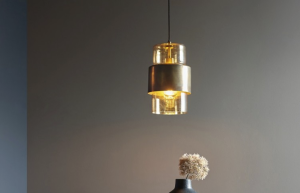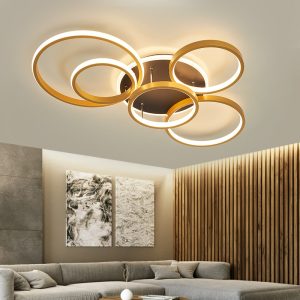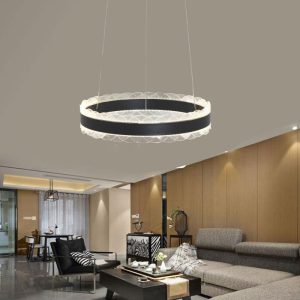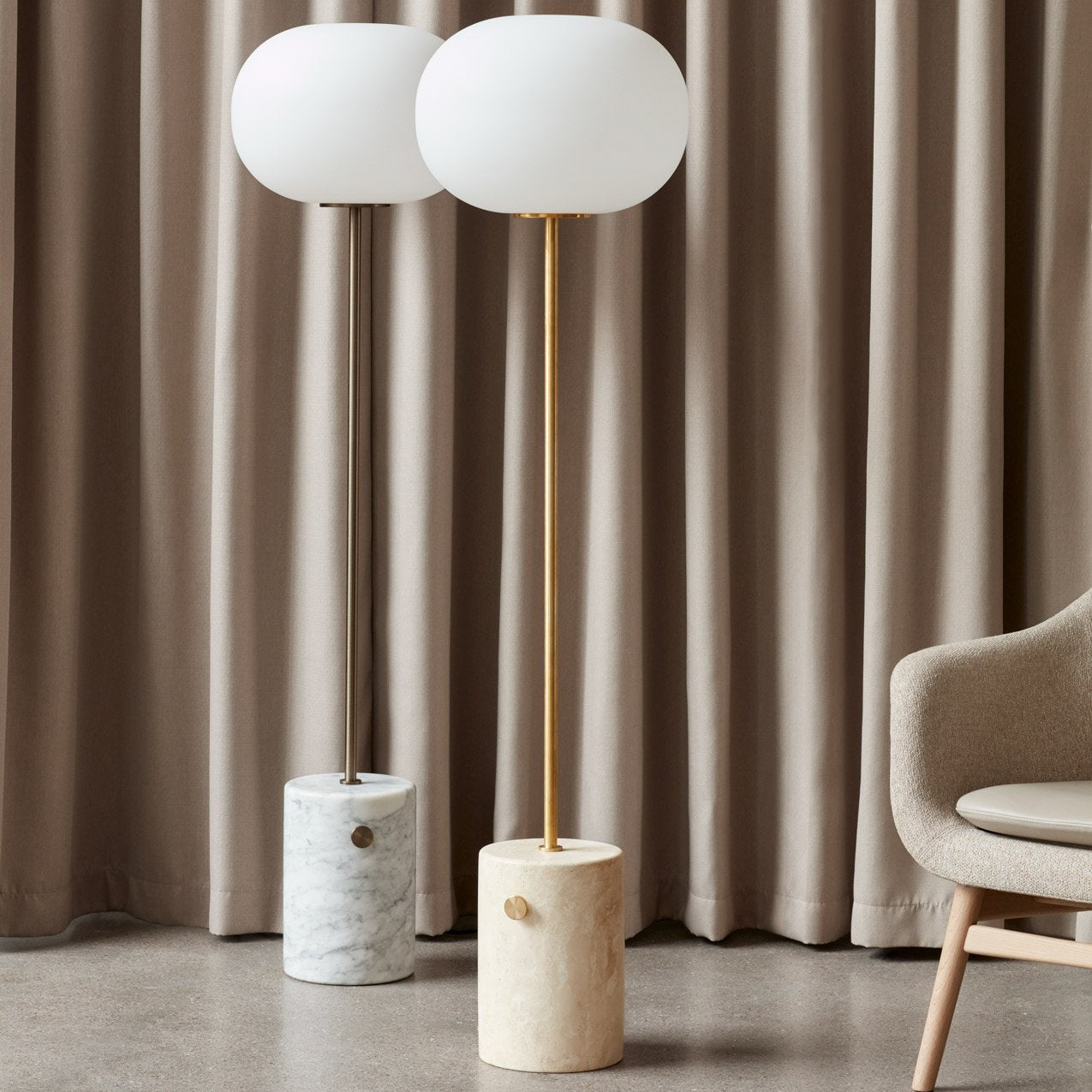
The dining room is more than just a place to eat. It’s also a space for gathering, entertaining, and creating memories. And, like any room in your home, lighting is key to creating the desired atmosphere. In this article, we’ll explore expert tips on lighting for dining room tables that can enhance your dining experience and transform your space.
Types of Lighting
Before we dive into specific tips, let’s discuss the different types of lighting you can incorporate into your dining room.
Ambient Lighting
Ambient lighting provides a general level of illumination throughout the room. It can come from overhead fixtures, wall sconces, or even natural light from windows. Ambient lighting sets the tone for the room but doesn’t necessarily provide enough light for specific tasks.
Task Lighting
Task lighting illuminates specific areas and is designed to assist with a particular activity. This can be achieved with table lamps, floor lamps, or under-cabinet lighting. Task lighting is especially helpful when dining rooms are also used for work or studying.
Accent Lighting
Accent lighting highlights specific areas or objects in the room. This can include wall washers or directional spotlights that showcase artwork, shelving, or architectural features.
Tips for Lighting Your Dining Room Table
Now that we know the types of lighting available, let’s dive into some tips for lighting your dining room table specifically.
1. Size Matters
It’s important to choose a light fixture that’s the right size for your table. A fixture that’s too small will look disproportionate and may not provide enough light. A fixture that’s too large will overwhelm the space and make the table feel cramped. The general rule of thumb is to choose a fixture that’s roughly one-third the size of your table.
2. Consider the Height
The height of your light fixture is also crucial. If it’s too low, it can obstruct views and be distracting for diners. If it’s too high, it won’t provide enough light for tasks like eating or playing games. A good rule of thumb is to hang the fixture 30-36 inches above the tabletop.
3. Think About the Bulbs
The type of bulbs you use can significantly impact the feel of your dining room. Warm-toned bulbs can create a cozy, intimate atmosphere, while cooler-toned bulbs can make the room feel more modern and fresh. Consider using dimmable bulbs so you can adjust the brightness based on the occasion.
4. Layer Your Lighting
Mixing and matching different types of lighting can create a multi-dimensional, inviting space. Consider incorporating ambient, task, and accent lighting to create a layered effect. For example, you may have an overhead chandelier for ambient lighting, table lamps for task lighting, and wall sconces for accent lighting.
5. Take Advantage of Natural Light
If possible, take advantage of natural light in your dining room. Natural light can create a bright, airy atmosphere and showcase your decor. However, it’s important to balance natural light with artificial light to avoid harsh shadows or glare.
Lighting is a crucial part of creating a functional, inviting dining room. By considering the type of lighting, size and height of your fixture, bulbs, and layering, you can design a space that’s perfect for any occasion. Incorporating these expert tips on lighting for dining room tables can transform your dining room into a warm, inviting space that you and your guests will love.

